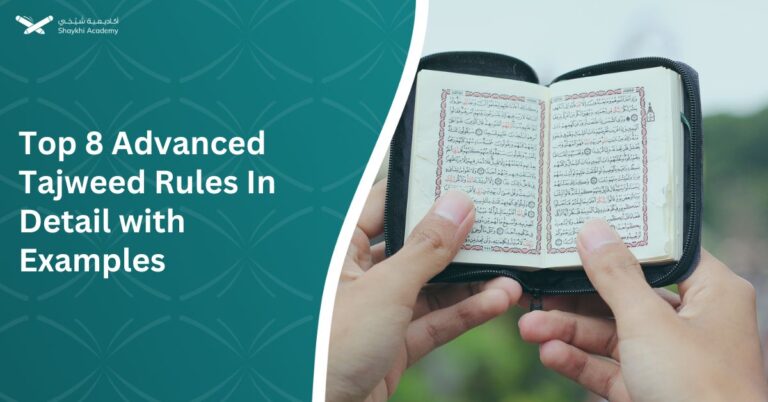
Top 8 Advanced Tajweed Rules In Detail with Examples
Advanced Tajweed rules elevate Quranic recitation with refined techniques for perfect pronunciation, precise merging of letters, and nuanced emphasis. These

Advanced Tajweed rules elevate Quranic recitation with refined techniques for perfect pronunciation, precise merging of letters, and nuanced emphasis. These

Tajweed is a science of the Quran that specializes in improving recitation, correcting it, pronouncing the letters correctly, and reciting
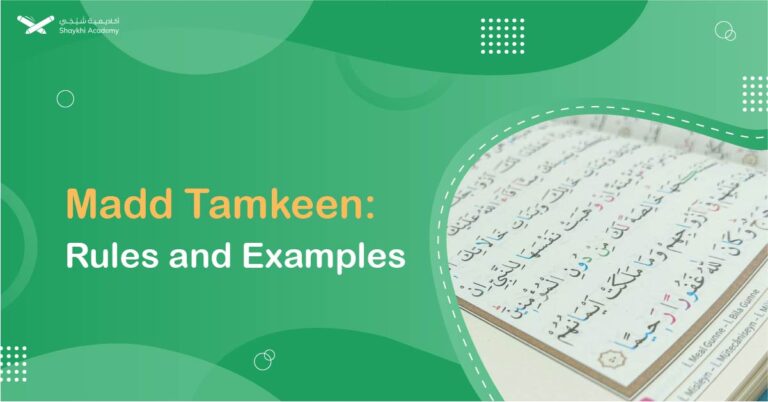
Madd Tamkeen in Quranic recitation ensures precise pronunciation of elongated letters like waw and yaa, maintaining clarity by avoiding their
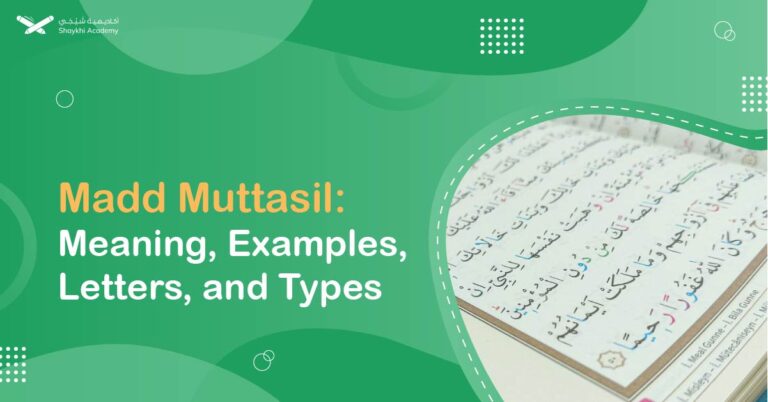
Madd Al-Muttasil in Tajweed dictates elongating letters like Alif, Waw, or Ya when followed by a hamzah within the same
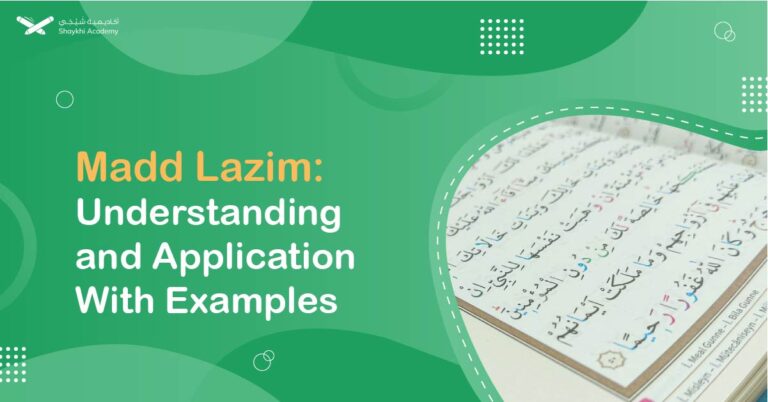
Madd Lazim, a secondary type of Madd in Tajweed, occurs when a letter of Madd is followed by a consonant
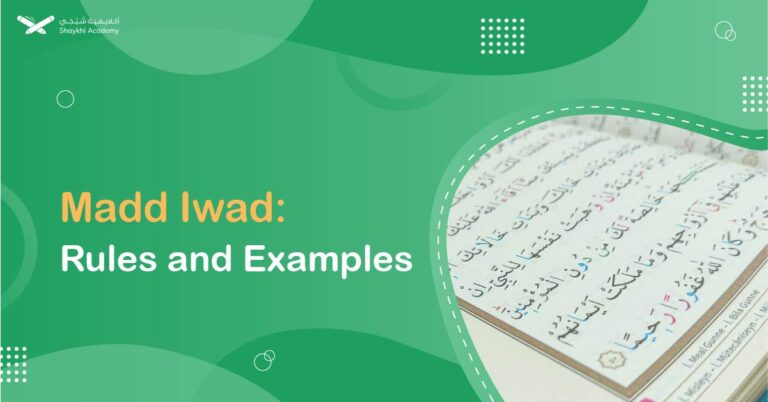
In the art of Quranic recitation (Tajweed), the rules of elongation (Madd) are vital for maintaining the rhythm and beauty
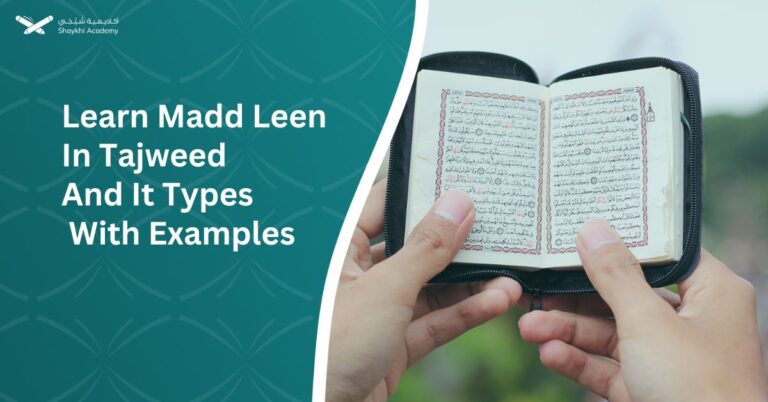
Madd Leen in Tajweed involves soft prolongation occurring when a word ends with a “yaa” or “waaw” with a sukoon
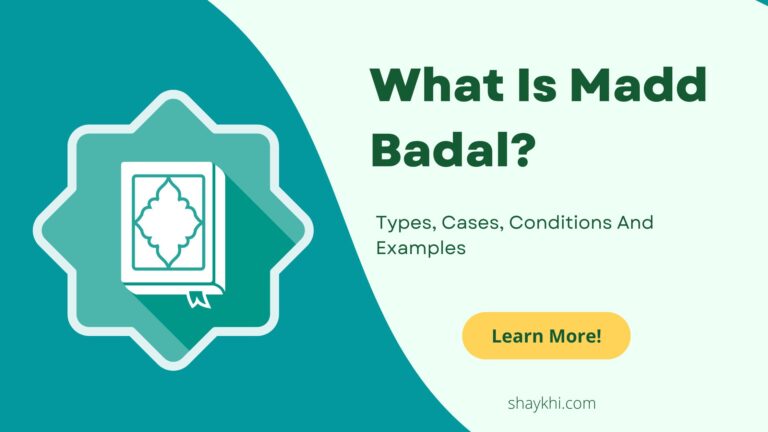
Madd Badal is a Tajweed rule where elongation occurs when a hamzah (glottal stop) precedes a Madd letter (alif, waw,
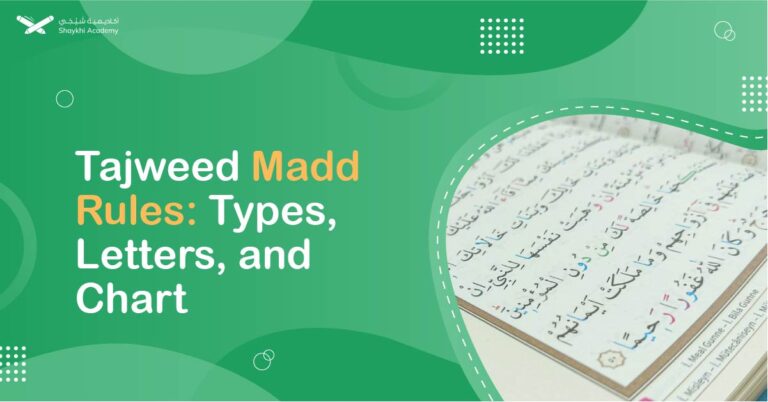
Madd, or elongation, in Tajweed, refers to extending the sound of a vowel or certain soft consonants. There are two
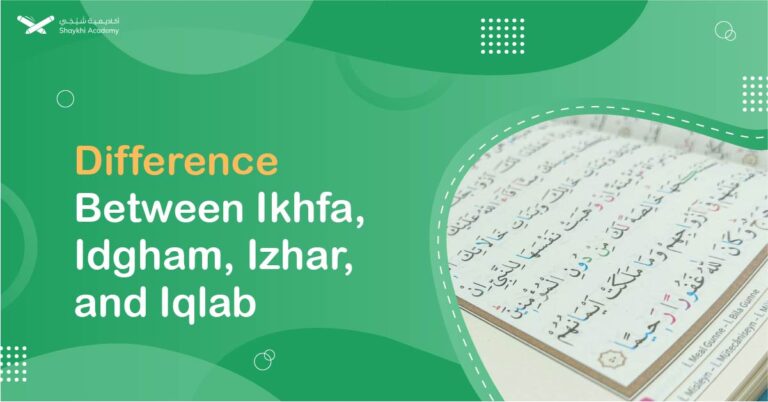
Difference Between Ikhfaa, Idgham, Izhar, And Iqlab: The main difference is that Ikhfaa partially conceals with nasalization, Idgham merges letters
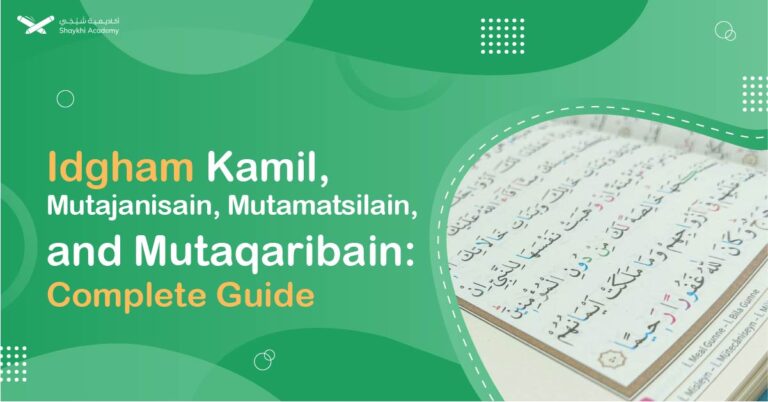
Idgham Kamel is one of the several types of Idgham, it involves the complete merging of a preceding letter with
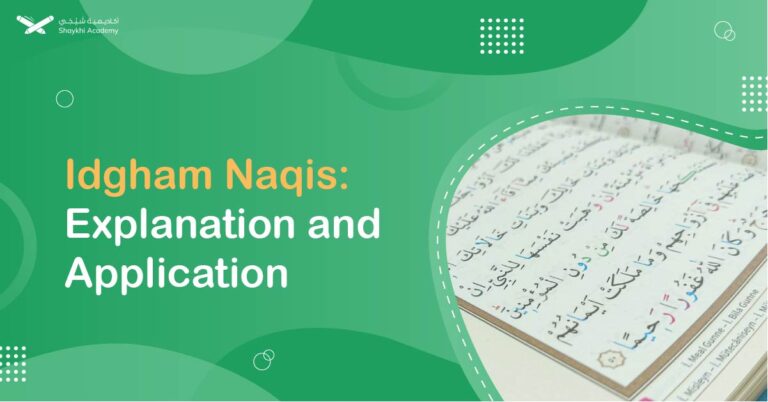
Idgham Naqis, a subcategory of Idgham, signifies partial merging of letters where Noon Saakinah (نْ) or Tanween (ً ٍ ٌ)